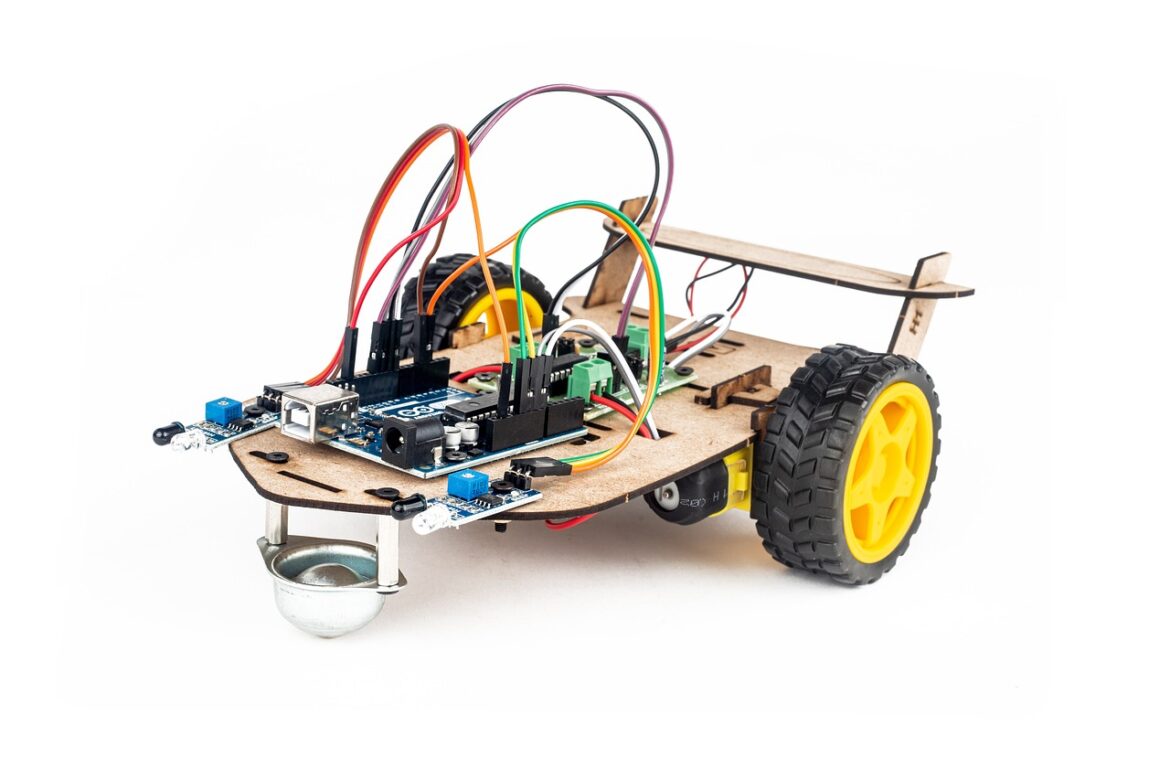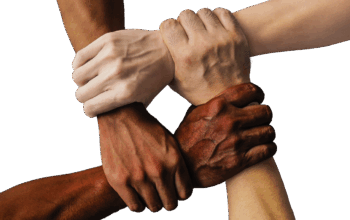Artificial intelligence is rapidly changing the world, pushing boundaries in industries like healthcare, entertainment, and education. Here are some of the most significant recent developments:
AI in Healthcare
AI is transforming healthcare by improving diagnostics and treatment plans. For example, a powerful clinical AI tool developed by biomedical informatics researchers has shown remarkable accuracy on medical exams, often outperforming human doctors. Additionally, AI tools are being used to better assess Parkinson’s disease through video analysis, helping diagnose and manage the condition more effectively.
Creative Industries & AI
AI is revolutionizing creative fields by enhancing human creativity. For instance, AI-driven tools in Hollywood are producing cinematic masterpieces by combining human imagination with machine precision. This collaboration is setting new standards in movie production.
Retail Personalization
Amazon’s AI shopping assistant personalizes user experiences by analyzing behavior, making shopping more tailored and engaging. This technology is changing how we interact with online stores, enhancing user satisfaction and loyalty.
Regulatory Challenges
Despite these advancements, AI faces regulatory hurdles. The EU AI Act is enforcing transparency and ethical standards, ensuring AI serves the public interest while minimizing risks. This includes addressing job displacement and ethical dilemmas in AI adoption.
Robotics & AI
AI-powered robots are making significant strides. For example, a hopping robot can traverse difficult terrain with minimal energy, and soft robots can navigate rubble to find trapped people. These innovations highlight AI’s potential in rescue missions and challenging environments.
In conclusion, AI is not just about algorithms; it’s about transforming how we live, work, and solve problems. As AI continues to evolve, it will be crucial to balance innovation with ethical considerations and regulatory frameworks.
References:
- https://www.prnewswire.com/news-releases/computex-2025-gathers-global-tech-minds-to-explore-ai-driven-industrial-evolution-302458760.html
- https://pub.towardsai.net/2025s-biggest-ai-shocks-4-breakthroughs-that-changed-everything-992751b975a7
- https://dev.to/bobcars/ai-news-q1-2025-is-ai-transforming-society-or-facing-limits-4g71
- https://www.insidegovernmentcontracts.com/2025/05/april-2025-ai-developments-under-the-trump-administration/
- https://www.sciencedaily.com/news/computers_math/artificial_intelligence/
- https://papers.ssrn.com/sol3/Delivery.cfm/5253011.pdf?abstractid=5253011&mirid=1
- https://www.owens.edu/news-releases/
- https://mpower.maryland.edu/ai-with-rhythm-brain-inspired-tech-wins-2025-invention-of-the-year-award/



